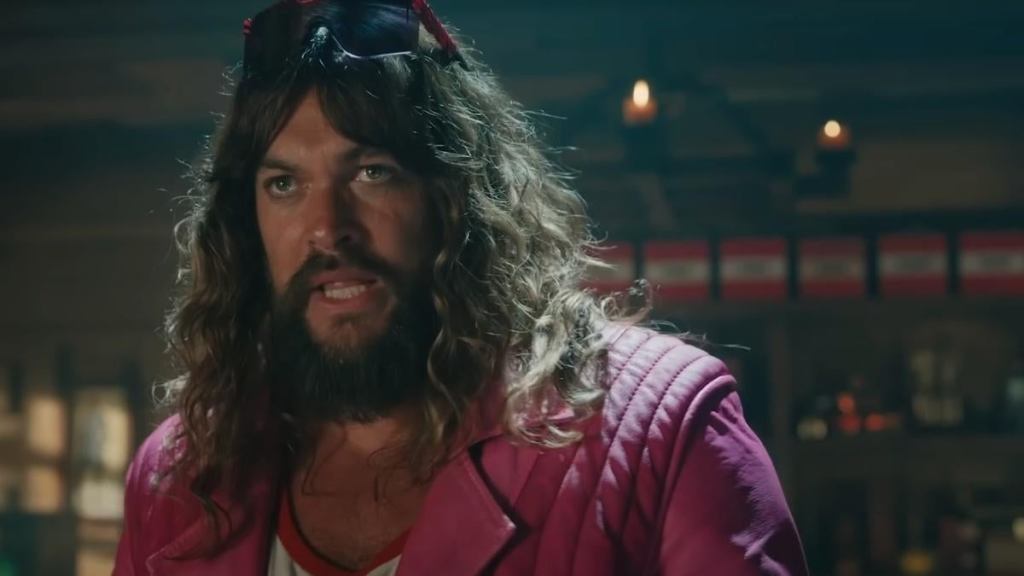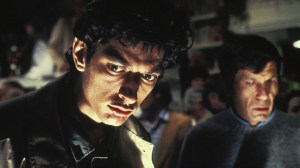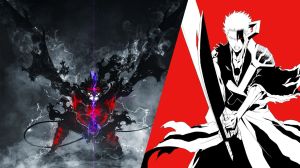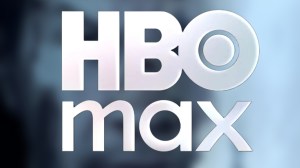The 2020s have been the dawn of video game movies becoming a massive deal culturally. The Sonic the Hedgehog trilogy, The Super Mario Bros. Movie, Five Nights at Freddy’s, and A Minecraft Movie have all solidified that modern video game adaptations aimed at younger audiences are a recipe for success. Steve, Sonic, and Freddy Fazbear have all ushered in a shining era for a cinematic domain that used to be gazed on as inherently cursed.
Videos by ComicBook.com
While it may sound ludicrous to those under 10 years old, video game movies were once synonymous with the absolute nadir of cinema. Throughout history, absolutely terrible video game movies like Alone in the Dark, Street Fighter: The Legend of Chun-Li, and countless others have given this subgenre a dismal name. For gamers who love going to the movies, though, there was one year for video game movies in the mid-2010s that was absolutely worse than any other. During this year, it truly seemed like video game movies were always destined to fail.
What Year Were Video Game Movies At Their Lowest?

2016 is now known for many things in the world of cinema, including producing all-time masterpieces like Moonlight, The Handmaiden, and Shin Godzilla. However, this year was also a dreary one for video game movie adaptations. While other years in cinema history produced worse video game movies, they were also often the only video game movies dropped in their respective years of release. In 2016, the video game movie subgenre delivered one dud after another with Ratchet & Clank, Warcraft, and Assassin’s Creed.
At least Ratchet & Clank was a blink-and-miss-it failure that vanished from theaters as quickly as it arrived over April 2016’s final weekend. Warcraft, on the other hand, translated World of Warcraft to the silver screen with an extensive marketing campaign and a massively high-profile June 2016 release date. One of the most expensive video game movies ever up to that point was a monotonous slog to sit through. The excitement people felt virtually mingling with others or going on quests in World of Warcraft was instead replaced with endless exposition. Tedious human characters played lifelessly by folks like Travis Fimmel only exacerbated Warcraft’s immense problems.
Seven months later, Assassin’s Creed hit theaters with Michael Fassbender in tow as the lead character. No amount of star power (which extended to supporting actors like Michael K. Williams, Brendan Gleeson, and Jeremy Irons) could salvage a movie this boring. Assassin’s Creed was inexplicably enamored with lore connected to the modern world rather than just committing to period-era assassin shenanigans. Meanwhile, the feature’s visuals were absolutely terrible, with every interior environment draped in a sickening blue hue.
[RELATED – 10 Games Getting Adapted into TV Shows and Movies]
An unsatisfying ending straining to set up sequels just ensured Assassin’s Creed concluded on the sourest note possible. This box office disaster also concluded 2016’s streak of video game cinema on a fittingly atrocious note. This subgenre produced three costly 2016 titles and none of them worked. It was an embarrassing outcome that solidified 2016 as the worst year ever for the beleaguered subgenre.
How Did Video Game Movies Recover From 2016’s Failures?

The end of the 2010s saw Hollywood studios green-lighting projects like Sonic the Hedgehog, Tomb Raider, and Pokemon: Detective Pikachu. Clearly, 2016’s triple-whammy of terrible video game films didn’t poison this well for movie studio executives. On the contrary, in hindsight, 2016 now looks like the darkest point before video game movies truly experienced their dawn. Rampage and Detective Pikachu ended the decade on a profitable note with their respective $400+ million worldwide hauls while the 2020s would see countless smash hit video game movies that made the days of Warcraft a distant memory.
This subgenre had to go through one more rocky patch in 2016 before entering its renaissance, much like comic book movies had to go through growing pains before the golden era of Christopher Nolan’s Batman Begins and Sam Raimi’s Spider-Man. However, post-2016 video game movies have clearly learned some hard lessons from these gigantic failures. For one thing, 2020s video game movies haven’t been afraid to eschew the source material. Yes, Sonic the Hedgehog overhauled its titular character’s design to be more faithful to the games after fan outrage.
However, the Sonic movies (particularly the first two) were still set on Earth rather than video game realms like Casino Nights Zone. A Minecraft Movie, meanwhile, focused on largely new characters encountering Steve and friends. Compare that to Ratchet & Clank rigidly adapting the first of the franchise’s video games or Assassin’s Creed bending over backwards to adapt its source material’s usage of time-hopping. More importantly, subsequent live-action video game movies have adopted significantly lighter tones and younger target demos than the gloomy adult-skewing Warcraft and Assassin’s Creed.
The biggest 2020s video games have all been aimed at kids, including the PG-13 Blumhouse horror film Five Nights at Freddy’s. While Warcraft and Assassin’s Creed marketed themselves as somberly as possible, A Minecraft Movie has promoted itself with silly Jack Black songs and alpaca shenanigans. Even as early as 2018’s Rampage, Warner Bros. were deployed a zippier more outlandish marketing campaign for that Dwayne Johnson star vehicle to differentiate it from 2016’s sullen video game movie flops. Video game movies of the 2020s have become pop culture phenomena largely because they’re the polar opposites of the three motion pictures that defined the absolute worst year ever for video game movies.
A Minecraft Movie is now being playing in theaters, Warcraft is now streaming on Max.








